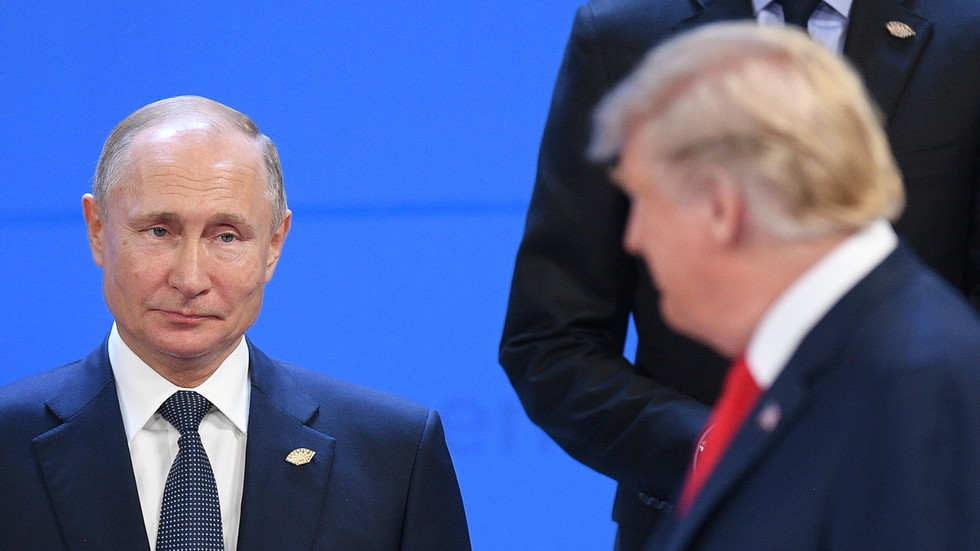Ukraine's leader signed a 10-year security deal with US President Joe Biden that both sides hailed as a milestone in relations and is designed, according to Biden, to "strengthen Ukraine's defence and deterrence capabilities." He also inked a similar deal with Japan worth €4.1 billion this year.
Ukraine’s president Volodymyr Zelenskyy has thanked the leaders of the G7 countries for agreeing to keep sanctioned Russian assets locked up until Moscow pays reparations for its invasion of Ukraine.
That agreement has paved the way for €46 billion loan package for Kyiv.
"We reached a political agreement to provide additional financial support to Ukraine, of around $50 billion (€46 billion), by the end of the year with a system of loans," said Italy's Prime Minister Giorgia Meloni, who is hosting the summit in the southern region of Puglia.
Funding for the loan would come from interest earned on profits from Russia’s frozen central bank assets.
Details of the deal are still being finalised but the funds could reach Kyiv before the end of the year.
Most of the money would be provided in the form of a loan from the US government that would be backed by windfall profits generated from approximately €278 billion in immobilised Russian assets.
The vast majority of the money is being held in European Union nations.
"Decisions have been made regarding the use of Russian assets for the benefit of Ukraine, with the G7 taking a significant first step regarding $50 billion. Thank you!" Zelenskyy said in his nightly video address.
How could the money be used?
Beyond the costs of the war, the needs are substantial. The World Bank’s latest assessment of Ukraine, released in February, estimates that costs for reconstruction and recovery of the nation stand at €450 billion over the next 10 years.
Why not give Ukraine the frozen assets?
For more than a year, officials from multiple countries have debated the legality of confiscating the money and sending it to Ukraine.
The US and its allies immediately froze whatever Russian central bank assets they had access to when Moscow invaded Ukraine in 2022.
The assets are immobilised and can’t be accessed by Moscow — but they still belong to Russia.
And although a political decision by the leaders has been made, the technical and legal details of the agreement still need to be worked out.
If Russian assets are unfrozen in the future, the windfall profits would no longer be available to repay the loan, resulting in a need for a burden-sharing arrangement with other countries.
Security deals
But security for Ukraine was also high on the agenda and Zelenskyy ended the first day of the summit with two new accords signed with international partners.
"Today, almost all our meetings here are focused on what our military is saying, on our needs and our capabilities right now, if the supply is sufficient and timely. With all the leaders, we are talking about speeding up the delivery of the announced packages to Ukraine," he said.
He signed a 10-year security agreement with US President Joe Biden that both sides hailed as a milestone in relations and is designed, according to Biden, to "strengthen Ukraine's defence and deterrence capabilities."
Biden said the US has commitments from five countries that he did not name to provide Patriot missile and other air defence systems to Ukraine.
He said countries that have been expecting the same systems from Washington have been told they will have to wait because "everything we have is going to go to Ukraine until their needs are met."
"With regard to the plan, that is, that is a plan in process now. We're discussing with our Ukrainian friends exactly what it would be. We have a lot of movement toward that. We know the outlines of it. We have not done the detail of it all, but we know what Ukraine is capable of doing when given the material to defend themselves. And that's exactly what they're doing now," Biden said.
Part of the security deal is thought to include military and training aid but does not commit Washington to putting boots on the ground in Ukraine.
Biden also pointed out that the security assistance would not provide Ukraine with weapons to strike targets deep inside Russia.
"It makes a lot of sense for Ukraine to be able to take out or combat what is coming across that border. In terms of long, long-range weapons, longer-range weapons into the interior of Russia, we have not changed our position on that sort," he said.
Zelenskyy also signed a 10-year security agreement with Japan's prime minister Fumio Kishia. That deal will see Japan release $4.5 billion (€4.1 billion) to Ukraine this year to fund security and defence, humanitarian aid and technical cooperation.
Zelenskyy referred to that deal, the first such agreement Ukraine has signed with a non-NATO country, as "historic".
"We have brought our relations with Japan to a level that not many European countries have. Ukraine really appreciates this. We work together in the security, political, and economic spheres. We are also interested in Ukraine and Japan being close partners in reconstruction, in restoring normal life for our people. And it will be so," Zelenskyy said.
The G7 summit is attended by the leaders of Canada, France, Germany, Italy, Japan, the United Kingdom and the United States, as well as the President of the European Council and the President of the European Commission representing the European Union.
It runs until June 15.

 4 months ago
23
4 months ago
23








